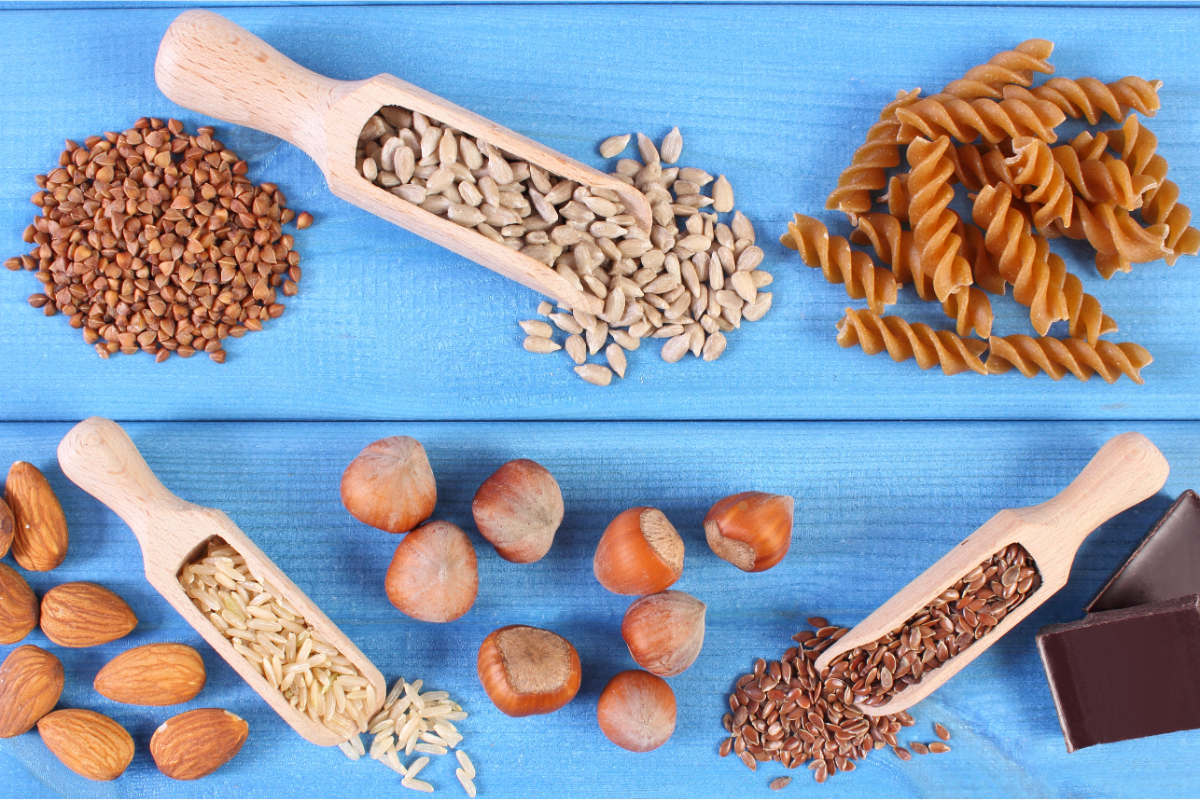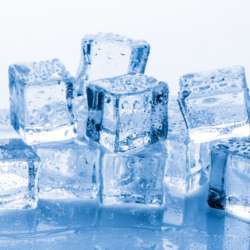Dietary fibres are carbohydrate polymers,mainly of plant origin. These edible carbohydrates, of very heterogeneous origin and chemical composition, cannot be digested or absorbed in the human small intestine. They therefore pass intact into the colon, where they are fermented by the intestinal microbiota. This fermentation leads to the production of short-chain fatty acids (SCFAs) such as acetate, propionate and butyrate, which have beneficial properties for health, including anti-inflammatory and immunomodulatory effects and the regulation of appetite and energy metabolism. These SCFAs play a crucial role in various physiological processes, contributing to digestive and general health.
What are dietary fibres used for?
Fibre comes in various forms (cellulose, hemicellulose, pectin, gums). They are found in the fruit, vegetables and cereals we eat. Fibre in our diet has beneficial effects on our health. These effects are largely due to the activity of the micro-organisms we harbour in our digestive tract.
What are the health benefits of fibre?
Fibre increases digestive tract motility, prevents constipation and helps control diverticular disease. Fibre helps eliminate carcinogenic substances produced by bacteria in the large intestine. Epidemiological studies strongly suggest an association between colon cancer and low fibre consumption, as well as a beneficial effect of fibre on functional pathologies of the intestine, Crohn’s disease, obesity and haemorrhoids.
Finally, soluble fibre (found in fruit, vegetables, oats, barley and legumes) reduces the postprandial rise in blood sugar and insulin levels and can reduce cholesterol levels.
What are short-chain fatty acids used for?
The health benefits of dietary fibre are mediated by short-chain fatty acids (SCFAs), which have been shown to have immunomodulatory and anti-inflammatory properties. In particular, SCFAs activate the G protein-coupled receptor in neutrophils, which is involved in the recruitment of inflammatory mediators and immune cells. They also inhibit the activity of histone deacetylases, which are involved in the expression of inflammation genes and the recruitment of monocytes.
Furthermore, SCFAs increase the response of regulatory T lymphocytes and the secretion of immunoglobulin A, and also promote the production of interleukin 18, which is involved in the integrity of the epithelial barrier.
Consumption of dietary fibre and prebiotics
Dietary fibre resists digestion and absorption. Prebiotics are fermentable dietary fibres that are beneficial to health thanks to their effects on the composition and activity of the microbiome. Consuming dietary fibre confers a whole range of physiological benefits.
Children who are encouraged to eat fibre-rich foods learn to adopt a nutrient-dense diet. Introducing varied sources of dietary fibre to young children helps to crystallise their future food choices and diversify their intestinal microbiota. In fact, low fibre consumption is associated with a higher prevalence of constipation and obesity.
The usual Western diet is low in fibre (around 12 g/day) due to high consumption of highly refined cereal flours and low consumption of fruit and vegetables. It is generally recommended to increase fibre intake, up to 30 g/day, by increasing the intake of high-fibre vegetables, fruit and cereals. Adequate fibre intake can also reduce the risk of cardiovascular disease and type 2 diabetes.
Fibre and mental health: a surprising link
Recent research has revealed a fascinating link between dietary fibre consumption and mental health. Fermentable fibre, particularly that found in fruit, vegetables and wholegrain cereals, plays a key role in the production of short-chain fatty acids (SCFAs) such as butyrate, which not only support intestinal health but also influence the brain.
SCFAs can cross the blood-brain barrier and modulate neuroinflammatory processes, helping to regulate mood and prevent mental disorders. A study published in Nature Reviews Microbiology has shown that SCFAs can influence the intestine-brain axis, thus impacting on health problems such as anxiety and depression.
Is it possible to eat too much fibre?
No. However, too much fibre can reduce the absorption of certain minerals. A gradual increase in intake can help avoid side effects such as bloating and gas. A balanced approach is therefore essential to optimise digestive and general health, taking care to diversify fibre sources to avoid deficiencies.
Sources
- Consumption of Dietary Fibre in Relation to Psychological Disorders in Adults





